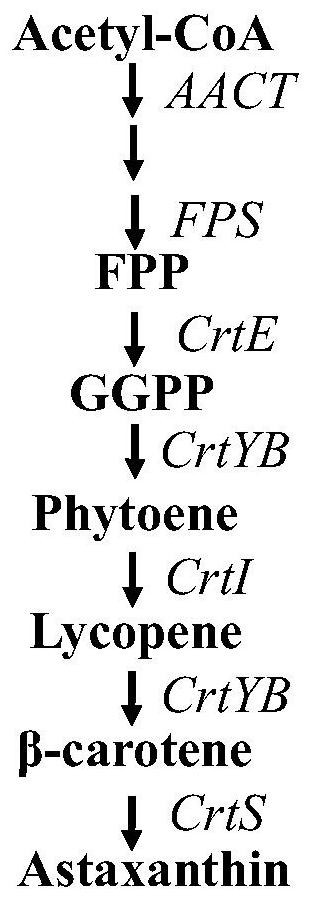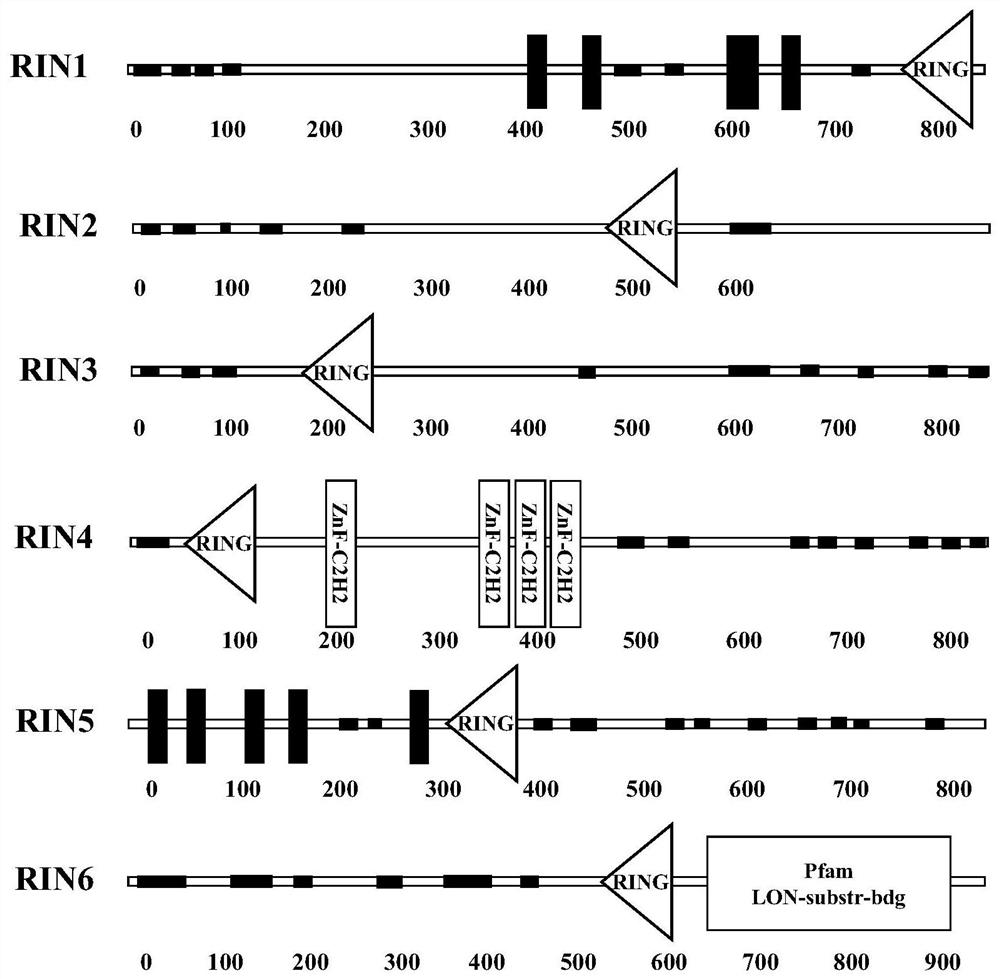Method for increasing yield of yeast astaxanthin by inactivating ubiquitin ligase and recombinant strain
A ubiquitin ligase, recombinant strain technology, applied in the direction of ligase, microorganism-based methods, other methods of inserting foreign genetic materials, etc., can solve problems such as unclear gene function
- Summary
- Abstract
- Description
- Claims
- Application Information
AI Technical Summary
Problems solved by technology
Method used
Image
Examples
Embodiment
[0041] 1. Materials and Methods
[0042] 1.1 Strains and culture conditions
[0043] The Phaffia rhodozyme strain CBS 6938 (purchased from the Dutch CBS Culture Collection) was used as the experimental material. The strain was cultured in YPD (glucose 20g / L, peptone 20g / L and yeast extract 10g / L) liquid medium at a culture temperature of 22°C and a rotational speed of 250rpm. After all the media were subpackaged, they were sterilized at 115°C for 30 minutes.
[0044] 1.2 Construction of gene knockout vector
[0045] The knockout of E3 ubiquitin ligase gene adopts homologous recombination method, and the knocked out E3 ubiquitin ligase gene has been annotated in the GenBank genome database. In this example, knockout vectors for six genes as shown in Table 1 were constructed.
[0046] Table 1. GenBank ID of E3 ubiquitin ligase gene and Scaffold
[0047] serial number E3 ubiquitin ligase gene GenBankID 1 RIN1 CDZ97817.1 2 RIN2 CDZ97878.1 3 ...
PUM
 Login to View More
Login to View More Abstract
Description
Claims
Application Information
 Login to View More
Login to View More - Generate Ideas
- Intellectual Property
- Life Sciences
- Materials
- Tech Scout
- Unparalleled Data Quality
- Higher Quality Content
- 60% Fewer Hallucinations
Browse by: Latest US Patents, China's latest patents, Technical Efficacy Thesaurus, Application Domain, Technology Topic, Popular Technical Reports.
© 2025 PatSnap. All rights reserved.Legal|Privacy policy|Modern Slavery Act Transparency Statement|Sitemap|About US| Contact US: help@patsnap.com



